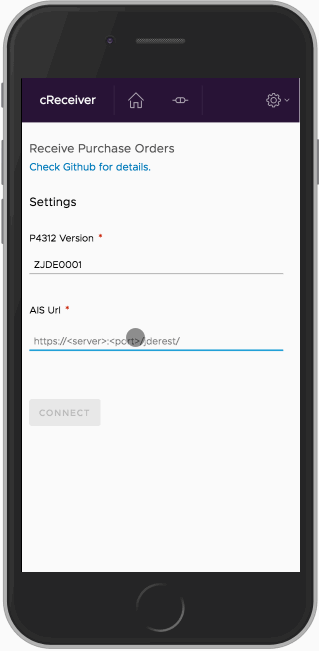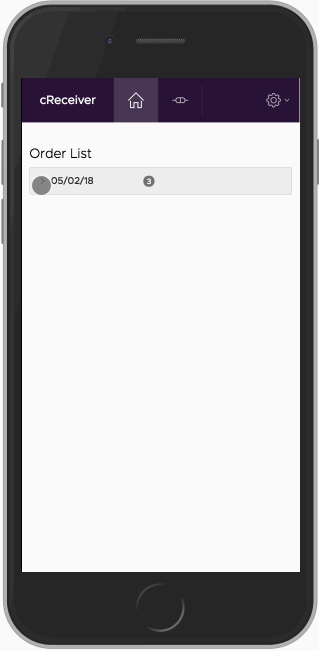on
PWA Receiver
It’s just over a year now since cReceiver was published on the App Store and Google Play. And a year is a long time in the JavaScript universe.
Version 6 of the Angular framework was released last month, which is two major releases since cReceiver’s version 4. This is in-line with Angular’s strategy of two major releases a year.
One of Angular’s major progression is the move towards Progressive Web Apps, or PWA as they are commonly called.
Progressive Web Apps are installable and live on the user’s home screen, without the need for an app store. They offer an immersive full screen experience with help from a web app manifest file and can even re-engage users with web push notifications.
Or in other words, PWA can be installed from either an in-house web server or cloud services such as Google’s Firebase.
So how does an Angular PWA compare with Ionic’s mobile app?

Celin’s PWA Receiver basic design is similar to cReceiver’s with an About screen that accepts the P4312 version to use and the AIS url. The user then selects what fields to group orders by, title and detail fields.
The user interface has been simplified with fewer screens and look and feel from Clarity Design System which is WMWare’s open source initiative.
One of the major changes with Angular 6 is simplifying the layout choice with standard integration of Bootstrap, as well as Angular Material and Clarity (Ionic is however a superset of Angular).
Comparing Bootstrap, Angular Material, Clarity and Ionic is a rather futile exercise since all are industrial strength with with reliable support and large user base. Which one to chose is more a question of taste and suitability.
The main point though is the separation of functionality from look and feel – the holy grail of application development. Leave functionality to the programmers and look and feel to graphic designers.

The receipting logic is again based on cReceiver with the ability to receive multiple quantities and then upload them with a single task.
The app accesses AIS/JDE only on the initial configuration and when the UPDATE button is pressed.
Verdict
It’s early days but there are some stand-out benefits that PWA has over native mobile apps.
-
No native build cuts final release by days and saves on XCode, Android Studio and/or Visual Studio dependency.
-
No app store dependency cuts publishing by days and saves on sometimes frustrating bureaucracy.
-
Easier testing since the app only needs to be deployed to a web server.
It’s not all on-way-street of course and native build will probably provide a more fitting app for the platform. I’m just guessing here that the native build process might pick up incompatibility or massage it for the platform.